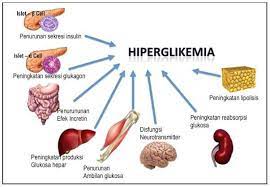Emla VS Infiltrative Lidocaine: A Comparative Analysis in Pain Management in Minimally Invasive Medical Procedures in Dermatology – A Systematic Review and Meta-Analysis
Downloads
Effective pain management during invasive procedures such as skin biopsy, lesion excision, electrosurgery, and aesthetic procedures is an important aspect of improving patient comfort and the success of procedures in the field of dermatology. Topical anesthesia, such as EMLA cream (a mixture of lidocaine and prilokain) with a non-invasive approach with convenient application, but have limitations in anesthesia depth and onset time. Infiltrative anesthesia, such as lidocaine 2% injection, provides deeper and faster pain control, but can cause discomfort during the injection and the risk of side effects. Considering the lower effectiveness of intra-procedure analgesia and more frequent, yet longer duration of work, systematic evidence synthesis is needed to determine the indications as well as the patient populations that benefit most from eutectic cream lidocaine prilokain versus lidocaine infiltration. To examine the comparison of pain effectiveness, duration of analgesia, and side effect profiles of the two local anesthesia techniques in minor dermatological procedures. PubMed, Scopus, Cochrane Library, and Embase research databases with the period January 1990 to March 2025. Based on the overall meta-analysis review, although EMLA® offers needle-free comfort and a longer duration of analgesia, its effectiveness in controlling intra-procedural pain is well below that of lidocaine infiltrative anesthesia. Therefore, for minor invasive procedures, infiltrative anesthesia remains the main choice. EMLA® is best suited for patients with a fear of needles or very superficial procedures where the duration of advanced analgesia is preferred. This meta-analysis confirms that lidocaine infiltration provides intra-procedural pain control that is significantly superior to eutectic lidocaine prilokain cream, with an almost completely pain-free proportion in the infiltration group versus very low in the cream (OR ?0.01; p < 0.00001)
Copyright (c) 2025 Puguh Riyanto, Rima Adjani Nugroho, Hani Nur Rahmawati, Annasia Mayasari, Liliani Labitta, Diva Natasya Krismanita

This work is licensed under a Creative Commons Attribution 4.0 International License.











